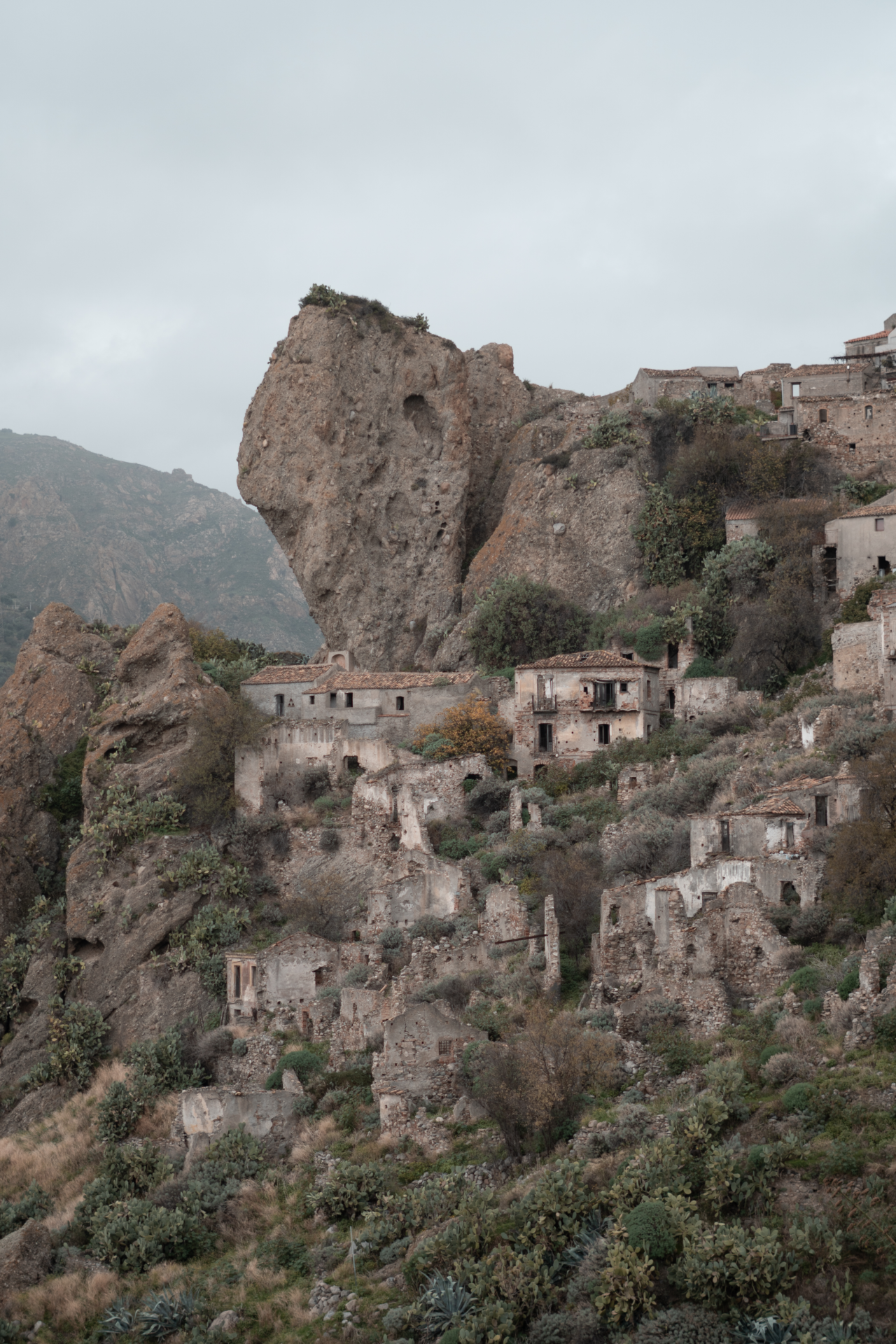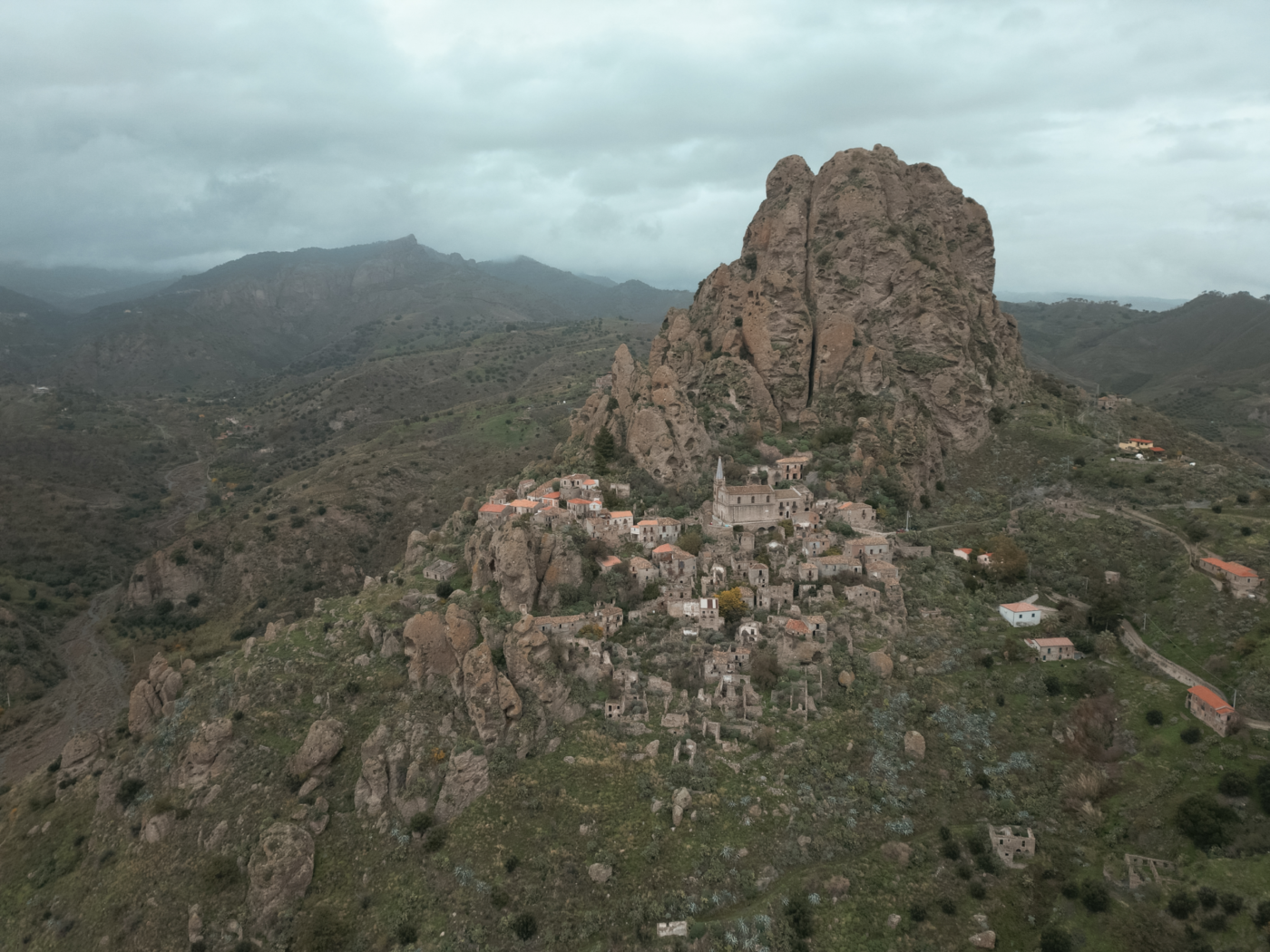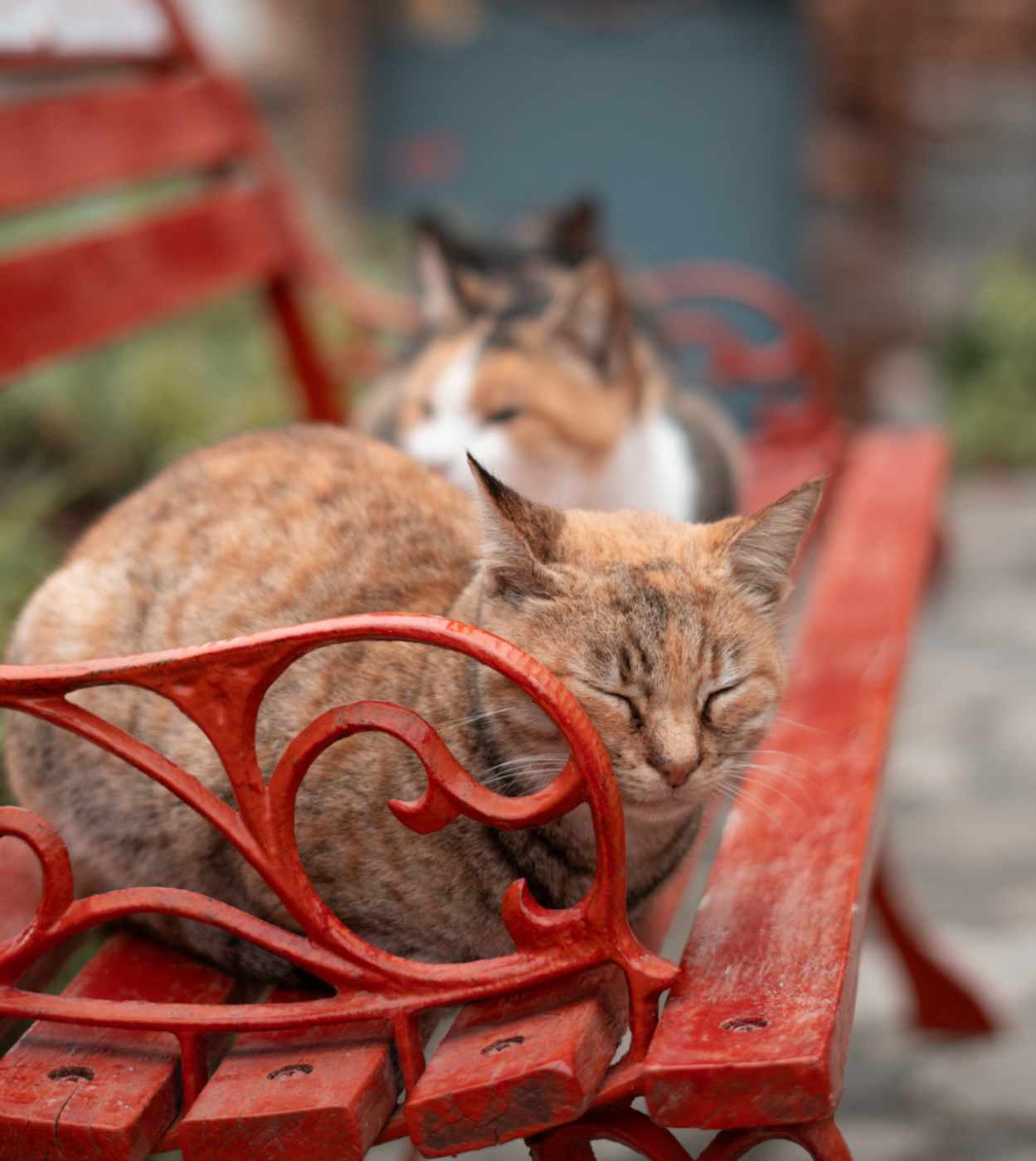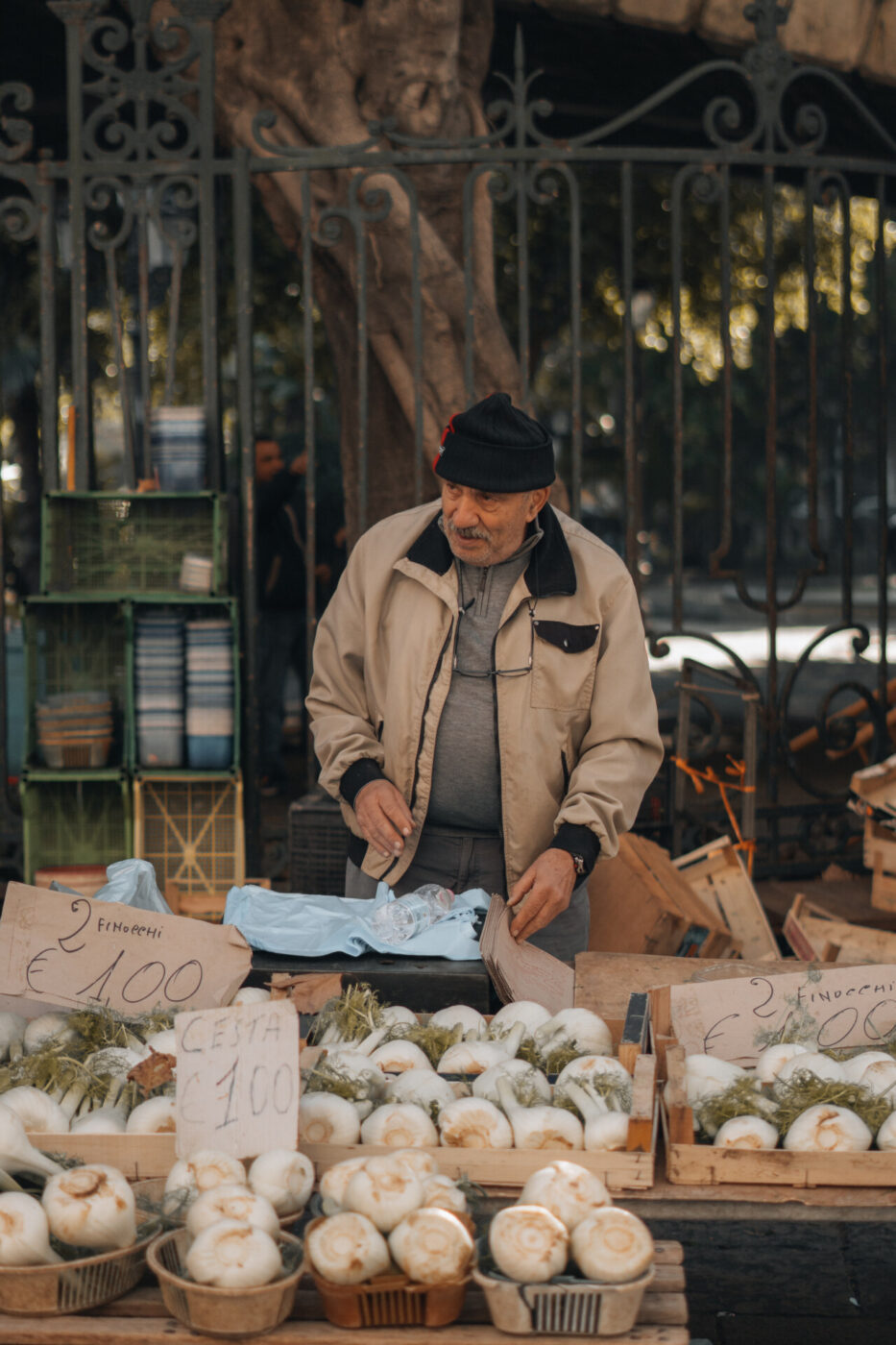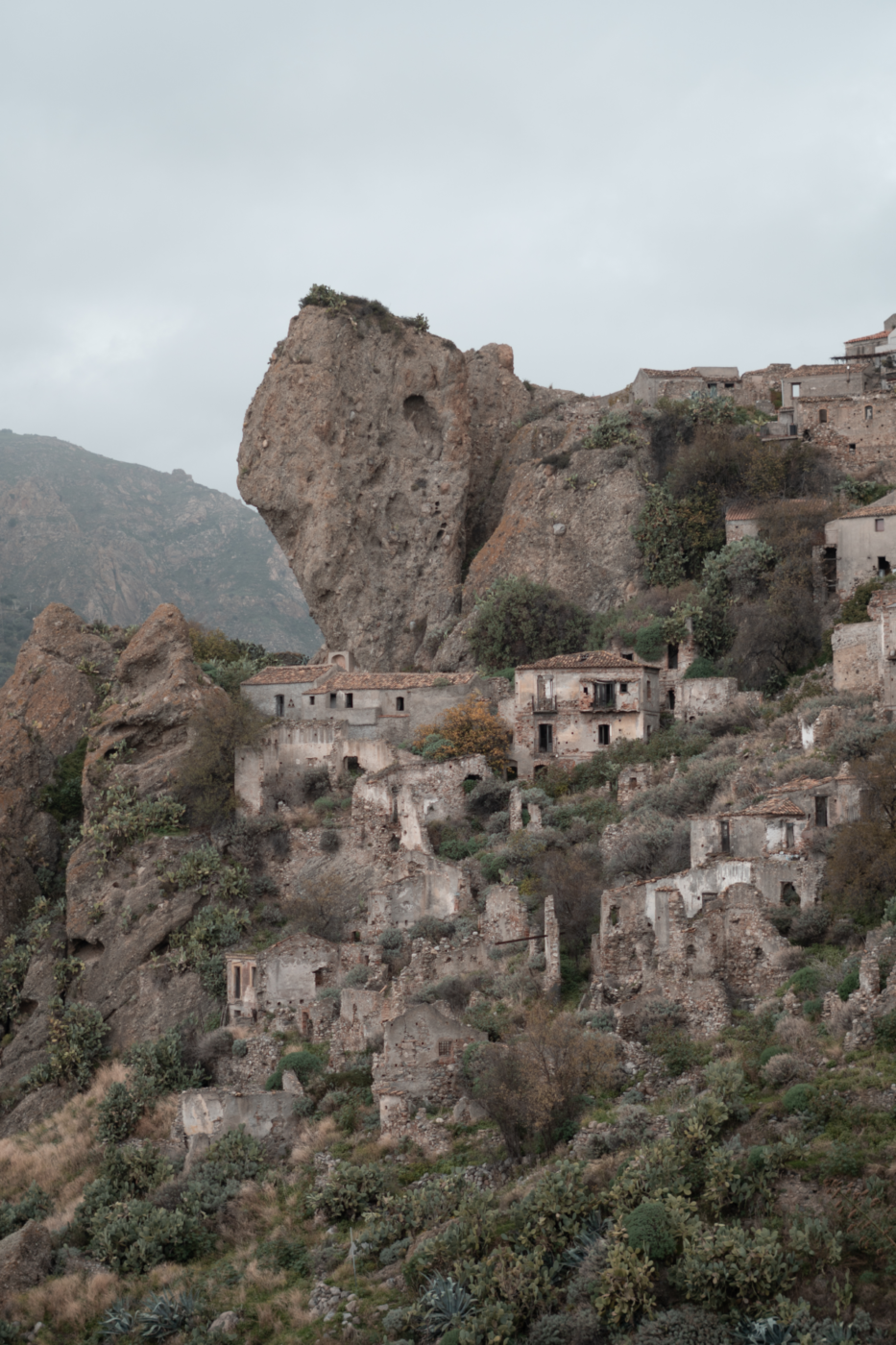“Hello-my-name-is-Ornella-I-write-for-a-magazine-and-I-would-like-to-tell-your-story.” There’s a moment of silence. I wait for her to respond. She starts talking–I breathe a sigh of relief–and, as if my speedy introduction had never happened, I resume walking between the living room and the kitchen, holding the phone with one hand and opening the lid of the Moka with the other hand to check the coffee. In the meantime, I listen.
––
Only one person–and occasionally, some artisans–live in the abandoned Calabrian village of Pentedattilo, named “five fingers” for the surrounding mountains’ resemblance to a hand; Pentedattilo seems to be precariously perched in its palm.
Given the scenes of crumbling remains, it’s hard to believe Pentedattilo was once a bustling place. A key Greek military base in the 7th-century B.C., then a commercial Roman stronghold, Pentedattilo is a ghost town with a quite a few ghosts: it’s infamous for the brutal massacre of the Alberti family, the marquises of the town during the late 1600s, at the hands of the neighboring ruling family, the Abenavolis, over a love interest gone wrong. Legend has it that the screams of the family echo through the rocks when the wind picks up.
But it wasn’t murders or mysteries that took down the town, but a series of earthquakes, the most devastating of which was in 1783 and counted a few fingers as its victims. A significant decline in population, leading to complete abandonment by the 1960s, followed, and it wasn’t until the 1980s and 90s that various artists and artisans from across Europe came together in an effort to revive and rejuvenate the town.
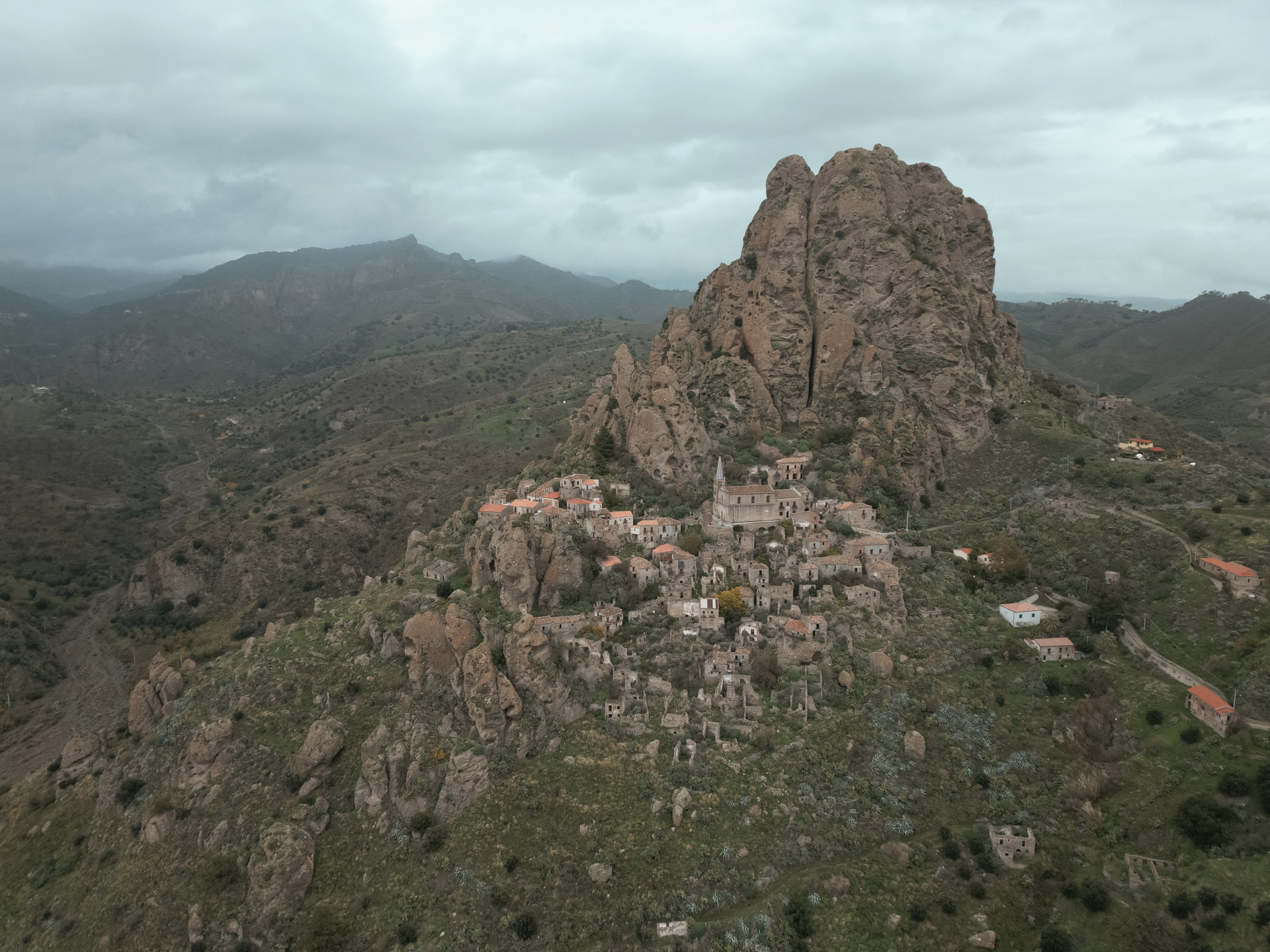
Photo courtesy of Michele Canino
Reaching the village is easy: a 10-minute drive on the road up and inland from the coastal town of Melito di Porto Salvo, and you’re at the parking lot. From there, you must proceed on foot–you need to be in decent shape–up the steep mountain to the village. My first visit last November, it wasn’t quite winter in Calabria yet–not even autumn, really–with the temperature hovering around 18℃. The dull gray sky ushered in a light, unobtrusive rain, and the rocky mountains released the scent of damp grass and earth.
Most of the activity in town takes place at the few gift shops selling local wares; I took a turn by Giulio’s Le Calamite di Pentedattilo, the workshop for wood carving and handmade soaps, and Daniela’s Bottega Dell’Arte, specializing in macrame and tapestries–the two survive on tourists looking for an off-the-beaten-path adventure.
Thirty years ago, a young woman, my interviewee–let’s call her Chiara–was looking for the same. But she was so captivated by the town that she abandoned her city life to become a farmer and shepherdess in Pentedattilo–now the town’s only long-term resident. Though I’m unable to meet her in person, I feel immediately at ease as her voice, soft and soothing, connects through the phone.
Our conversation doesn’t feel like an interview, but rather a heartfelt chat which assuages me of some of my homesickness for Calabria. “I had a friend in Calabria who kept urging me to visit this village,” Chiara shares. “One day, I decided, ‘Alright, let’s go see this place!’ Right after visiting, I knew I had to move here.” She found a house to rent for just 20,000 lire a month (something like €10)–a place so rudimentary it lacked running water, a bathroom, and even a lock on the door. “I used a fabric tie for security. Sleeping with the door open was like placing your trust in the world,” she reminisces.
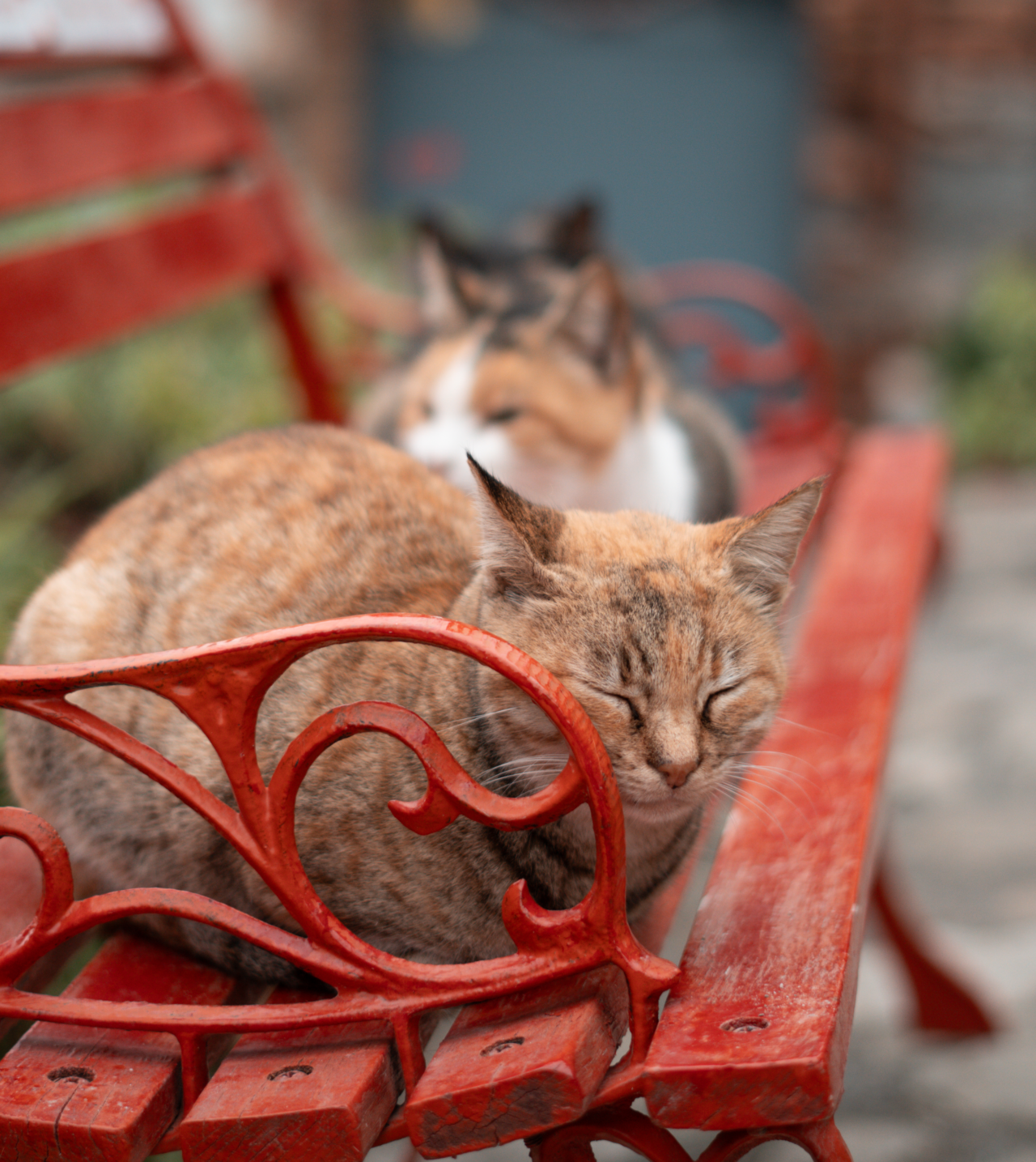
Photo courtesy of Ornella Martino
“Back then, my needs were simple. I knew the wild herbs and frequented stunning rivers lined with lush, untouched patches. There was no car noise… Well, there weren’t any cars!” she tells me. “Now, sadly, litter and plastic mar the landscape. In those days, recycling was a way of life; nothing was wasted, nothing degraded. Whoever brought you food or drink asked for containers and bottles back.”
I ask her what makes Pentedillato so special compared to the other villages like it in Calabria, which, these days, are a dime a dozen. “Walking through these alleys, you’re embraced by an almost tangible history. The simple yet serene architecture speaks louder than words,” she explains. “It’s an oasis of calm, a soothing retreat from either the heat or cold. It is a place of beauty.”
This is not to say that her life is one of isolation. She tells me that she’s never felt lonely and that she tries to build community with the people in the surrounding villages and cities where she’s worked for a living. The result is a network of friends across the region; we find that we have friends in common–young artisans and artists working to support the region and who are children of old friends of hers.
A half hour into our chat, Chiara expresses her concern about the consequences of increased exposure. She’s been approached by various creators and journalists, curious about her life as a “local” in such a tight-knit community. While media attention has boosted her small business—she hosts travelers in her home, offering them a taste of life in Pentedattilo—it’s also transformed her village into a tourist draw, bringing both benefits and drawbacks. She points out that the influx of tourists often fails to capture the true spirit of her everyday life.
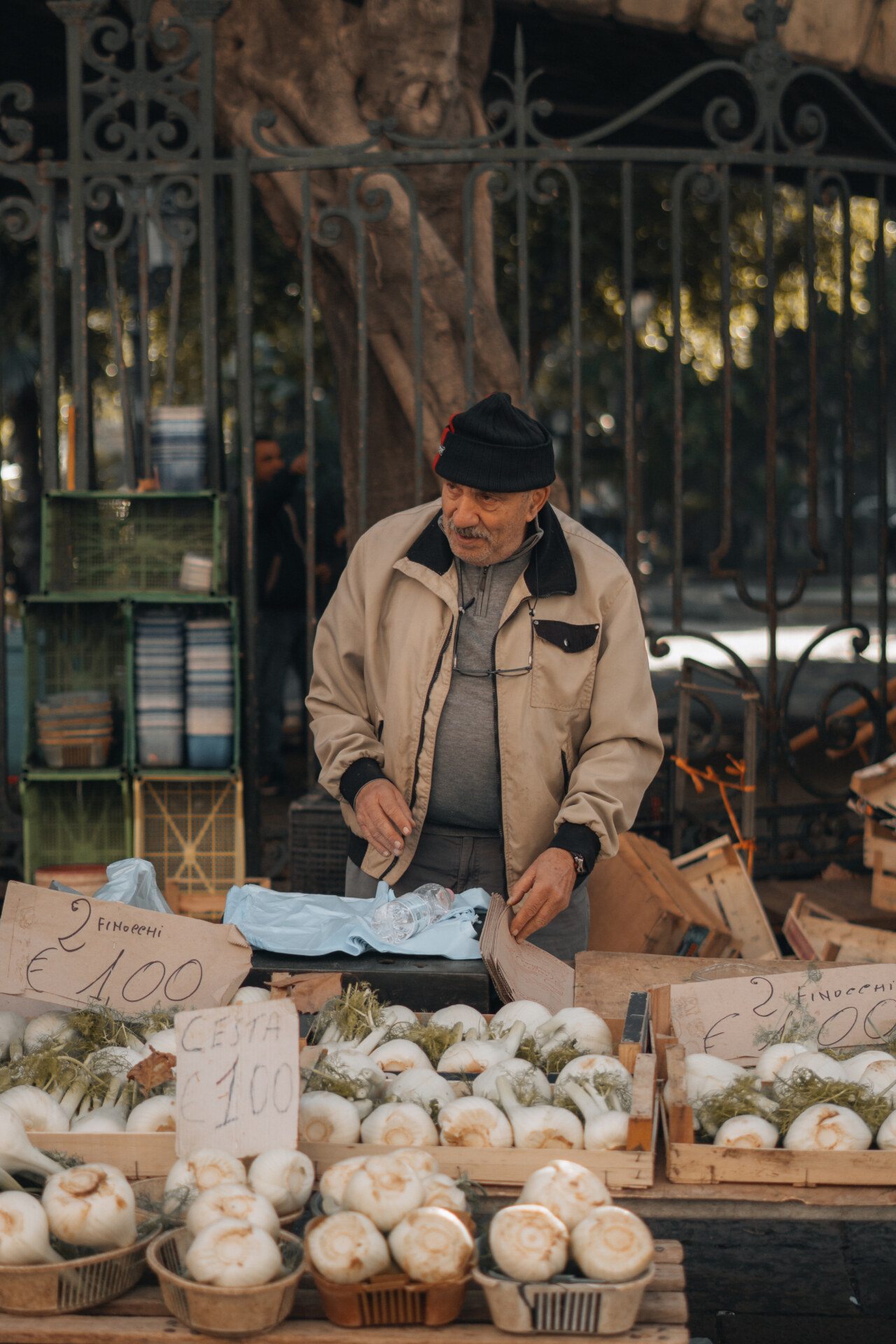
A Sicilian local at the market; Photo courtesy of Ornella Martino
It’s a concern that’s shared by many globally, not just those from towns as tiny as Pentedattilo. The inclination to experience destinations “like locals” has been a trend for years now, with people seeking tours led by locals, restaurants frequented by locals, accommodations hosted by locals. Today, typical tourist attractions are often looked down upon, and being labeled a “tourist” is practically an insult. And with global travel numbers increasingly on the rise, it’s hard to know what spaces belong to locals, which to tourists, and whether this distinction should be made anyway.
The nuances of a place only truly come out with time; it takes time to know which corners offer the best views, to know which gelateria serves the best fruit flavors and which the best nut flavors, to know which streets to avoid in the post-work hours. You’ll never get the same experience visiting a place as you would living there–and that’s fine. What you can do, however, is support local realities, patronize the family businesses and the places that don’t get the attention they deserve, visit the addresses that enrich local life but need visitor support, and do so consciously and respectfully.
Before hanging up the phone, Chiara finishes, “There was a time when you looked at the empty parking lot and listened to the silence.”
